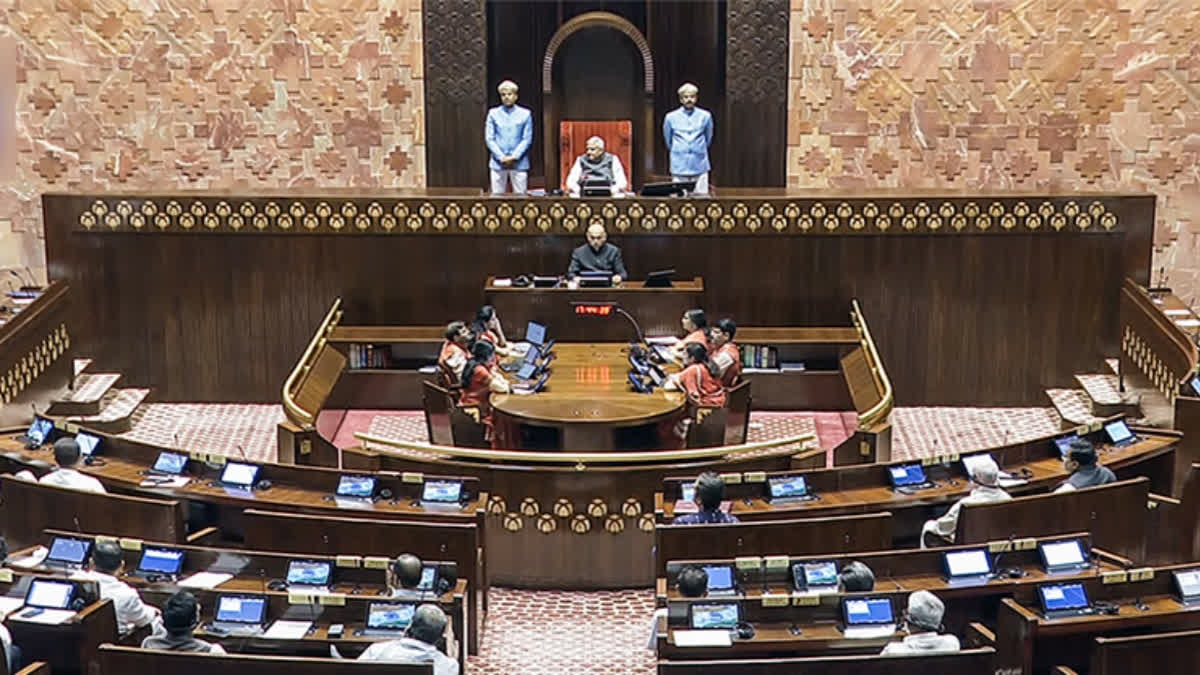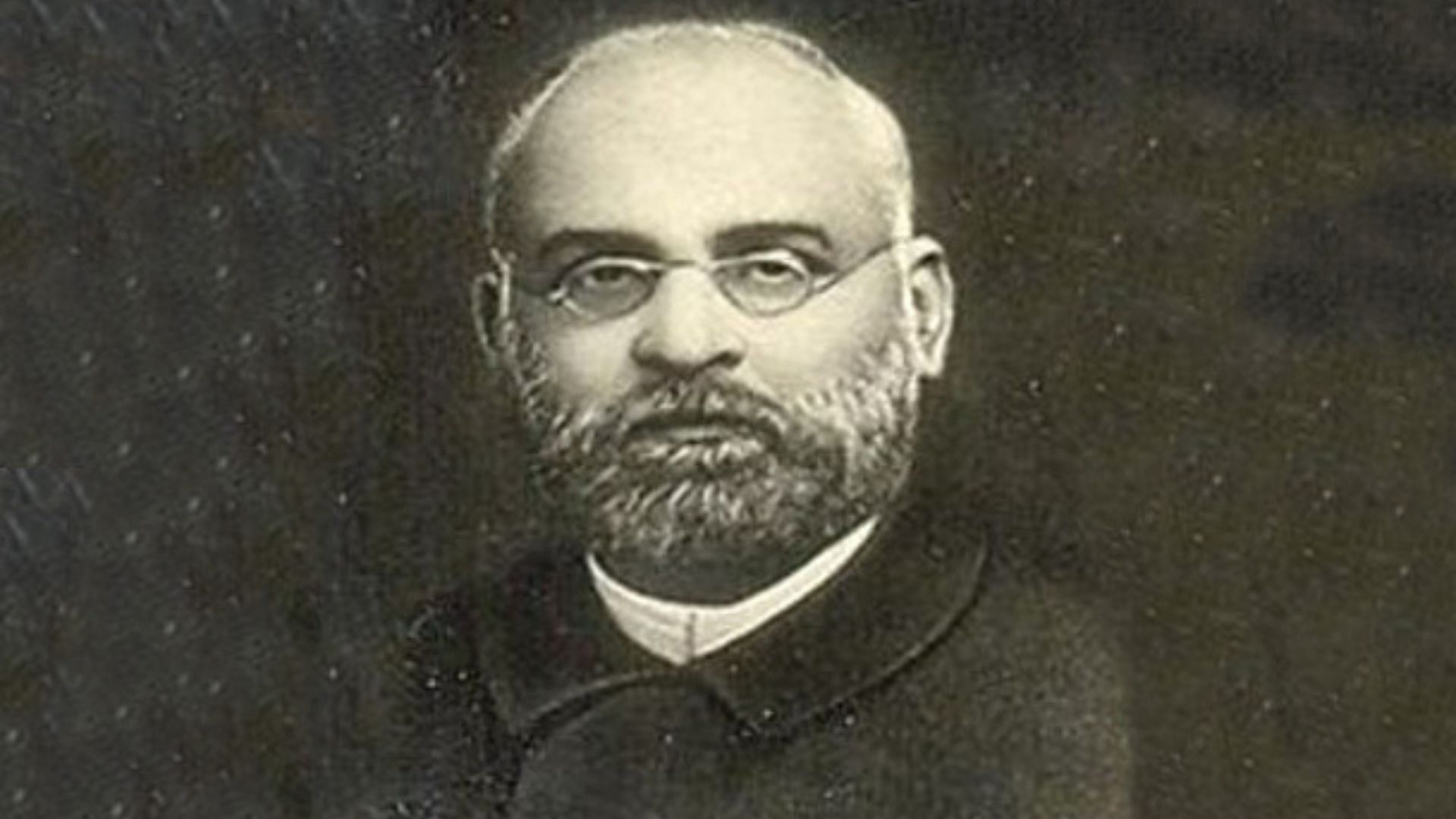
Establishing an administrative body for the Mahabodhi Temple fell under the authority of the Bodh Gaya Temple Act (BTA) which got passed as legislation in 1949. The Act created equal Hindu and Buddhist representation yet entrusted District Magistrate (DM) powers as the ex-officio chairperson of the management committee. Temple management began to be seen as leaning in favor of Hindus because the District Magistrate historically represented this community. The Buddhist organizations have pursued complete authority over the temple by insisting upon its correct name which is Bodh Gaya Mahavihara. Government actions over time have resulted in a 2013 amendment that enables any faith background DM to hold the chairperson position.
Key Points
Introduction:
-
Establishing an administrative body for the Mahabodhi Temple fell under the authority of the Bodh Gaya Temple Act (BTA) which got passed as legislation in 1949.
-
The Act created equal Hindu and Buddhist representation yet entrusted District Magistrate (DM) powers as the ex-officio chairperson of the management committee.
Historical Background of the Dispute
-
Emperor Ashoka initiated the first temple construction at Bodh Gaya during the third century BCE thus establishing the sacred point for Buddhists worldwide.
Medieval Period (13th Century):
-
Bakhtiyar Khilji started the decline of Buddhism across India when he conducted an invasion.
-
A Hindu monk named in 1590 established the Bodh Gaya Mutt which led to Hindu religious control of the temple.
-
British historical records from the Colonial Period showed that Bodh Gaya came under Hindu administration during that time.
-
In 1949 The Bihar Assembly enacted the BTA which followed through with formal committee authority while ending solitary Hindu temple management.
Government Interventions
-
The 1949 BTA was implemented to settle religious disputes between Buddhist and Hindu authorizations.
-
The DM now holds the role of ex-officio chairman following the passage of the 2013 amendment whether he comes from a Hindu or Buddhist or Jain sect or any other faith.
-
The Bodh Gaya Mahavihara Bill was introduced by Bihar CM Lalu Prasad Yadav throughout the early 1990s to grant Buddhists complete control over the site. The bill also aimed to:
-
The temple prohibits any Hindu activity involving idol immersion activities in its vicinity.
-
The temple management must prohibit all Hindu marriage ceremonies from happening within its property boundaries.
-
The legislative bill never received enough support to pass through Congress and continues to stay inactive in parliamentary waiting.
About the Mahabodhi Temple Complex
-
The religious value puts the temple complex among the four most essential Buddhist sites which traces its origin to Buddhist history.
-
Lumbini (Birthplace)
-
Bodh Gaya (Enlightenment)
-
Sarnath (First Sermon)
-
Kushinagar (Parinirvana)
-
-
Location: Bodh Gaya, Bihar, on the banks of the Niranjana River.
-
Heritage Status: UNESCO World Heritage Site since 2002.
-
Historical Construction:
-
Ashoka established this structure during the 3rd century BCE to begin with.
-
The current construction of this place originated from the fifth or sixth century CE.
-
Architectural Features
-
Grand Temple:
-
A 50-meter-tall shikhara features complex architectural engravings and arch motifs.
-
A cluster of four ornate tower structures stands beside the main temple due to their each bearing an umbrella-shaped top.
-
-
Sacred Bodhi Tree:
-
Experts demonstrate the Bodhi Tree to be descended from the sacred tree where Buddha received his enlightenment.
-
-
Vajrasana (Diamond Throne):
-
Visitors find a stone slab at the precise location Buddha spent his meditation.
-
-
Temple Shrine:
-
The sacred Buddha figure stands inside a transparent glass container carved from yellow sandstone.
-
-
Complex Area:
-
Modern Buddhist establishments together with ancient temples exist in this 4.8-hectare complex.
-
Conclusion
Dissolving religious differences at Bodh Gaya received a major boost when the 1949 Bodh Gaya Temple Act was enacted. The dispute regarding temple authority continues to exist between the Buddhist and Hindu religious communities. The government implemented administrative changes for greater inclusivity but Buddhist organizations insist on running the site independently as a fundamental Buddhist holy place. Tourists along with devotees continuously visit the Mahabodhi Temple which continues to stand as an architectural and spiritual landmark worldwide. The site holds UNESCO World Heritage protection to guarantee its conservation for all future periods.



 Make in India and the Capital Goods Revolution
Make in India and the Capital Goods Revolution Fiscal Health Index 2025: Mapping India's State-Level Economic Resilience
Fiscal Health Index 2025: Mapping India's State-Level Economic Resilience Tribhuvan Sahkari University Bill, 2025: A Milestone in Strengthening India's Cooperative Sector
Tribhuvan Sahkari University Bill, 2025: A Milestone in Strengthening India's Cooperative Sector ‘Shishtachar’ Squads Launched in Delhi to Ensure Women’s Safety
‘Shishtachar’ Squads Launched in Delhi to Ensure Women’s Safety PM Pays Tributes to Shyamji Krishna Verma on His Death Anniversary
PM Pays Tributes to Shyamji Krishna Verma on His Death Anniversary PM Modi to Inaugurate Vande Bharat Train to Srinagar on April 19
PM Modi to Inaugurate Vande Bharat Train to Srinagar on April 19 Waqf (Amendment) Bill, 2024: Upcoming Parliamentary Debate and Legislative Process
Waqf (Amendment) Bill, 2024: Upcoming Parliamentary Debate and Legislative Process Free Speech as an Integral Part of a Healthy and Civilised Society
Free Speech as an Integral Part of a Healthy and Civilised Society Roshni Nadar Becomes First Indian Woman in World’s Top 10 Richest Women
Roshni Nadar Becomes First Indian Woman in World’s Top 10 Richest Women






